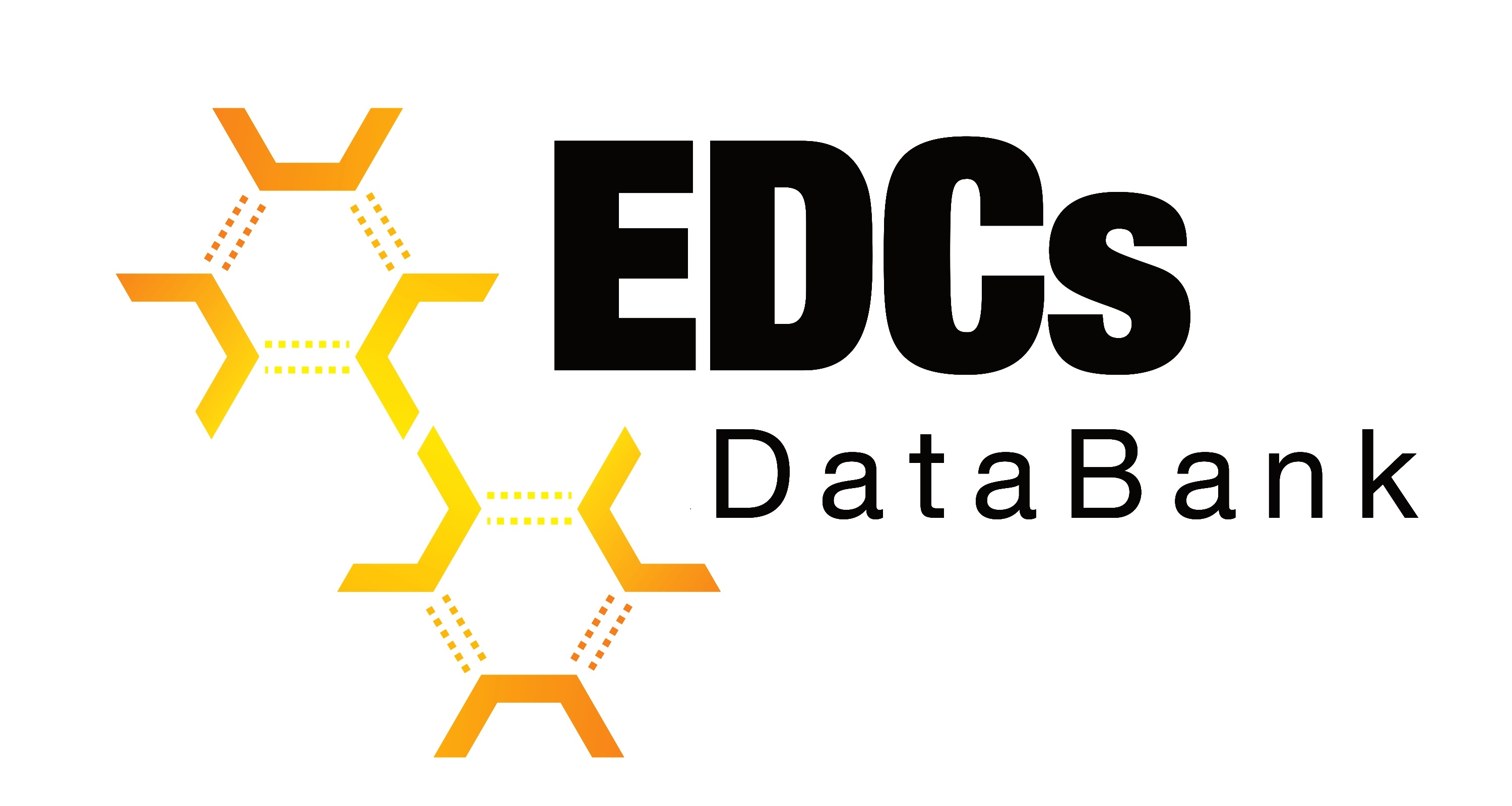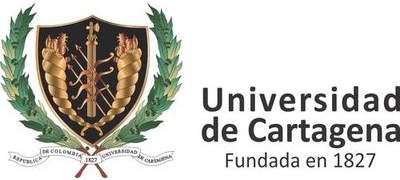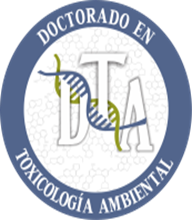2,2',4,4',5,5'-hexachlorobiphenyl
Synonyms: "2,4,5,2',4',5'-hexachlorobiphenyl", "PCB 153", "HCBP", "PCB-153"
Source: 2,2',4,4',5,5'-hexachlorobiphenyl is a member of the polychlorinated biphenyls (PCBs), a group of industrial chemicals used as dielectrics, coolants and lubricants in electrical equipment. PCBs contaminate water by leaching from landfills or other waste deposits.
Identifiers:
IUPAC Name: 1,2,4-trichloro-5-(2,4,5-trichlorophenyl)benzene
CAS Number: 35065-27-1
PubChem ID: 37034
InChiKey: MVWHGTYKUMDIHL-UHFFFAOYSA-N
Canonical SMILES: C1=C(C(=CC(=C1Cl)Cl)Cl)C2=CC(=C(C=C2Cl)Cl)Cl
Structural Properties:
Molecular Formula: C12H4Cl6
Molecular Weight: 360.878
Pharmacophore Features:
Number of bond donors: 0
Number of bond acceptors: 0
Number of atoms different from hydrogen: 18
Downloads
2D structure (.sdf)
3D structure (.sdf)
3D structure (.mol2)
3D structure (.pdb)
3D structure (.pdbqt)
Search Similar molecules
Evidence Supporting This Chemical as an Endocrine Disruptor
TEDX List of Potential Endocrine Disruptors

Bonefeld-Jorgensen EC, Andersen HR, Rasmussen TH, Vinggaard AM. 2001. Effect of highly bioaccumulated polychlorinated biphenyl congeners on estrogen and androgen receptor activity. Toxicology 158(3):141-153.
Chu I, Villeneuve DC, Yagminas A, Lecavalier P, Poon R, Feeley M, Kennedy SW, Seegal RF, Hakansson H, Ahlborg UG, Valli VE, Bergman A. 1996. Toxicity of 2,2',4,4',5,5'-hexachlorobiphenyl in rats: Effects following 90-day oral exposure. J Appl Toxicol 16(2):121-128.
Ness DK, Schantz SL, Moshtaghian J, Hansen LG. 1993. Effects of perinatal exposure to specific to PCB congeners on thyroid hormone concentrations and thyroid histology in the rat. Toxicol Lett 68(3):311-323.
Patnode KA, Curtis LR. 1994. 2,2',4,4',5,5'- and 3,3',4,4',5,5'-hexachlorobiphenyl alteration of uterine progesterone and estrogen receptors coincides with embryotoxicity in mink (Mustela vison). Toxicol Appl Pharmacol 127(1):9-18.
Schantz SL, Seo B-W, Moshtaghian J, Amin S. 1997. Developmental exposure to polychlorinated biphenyls or dioxin: do changes in thyroid function mediate effects on spatial learning? Am Zool 37(4):399-408.
External Links




2D-structure

3D-structure




